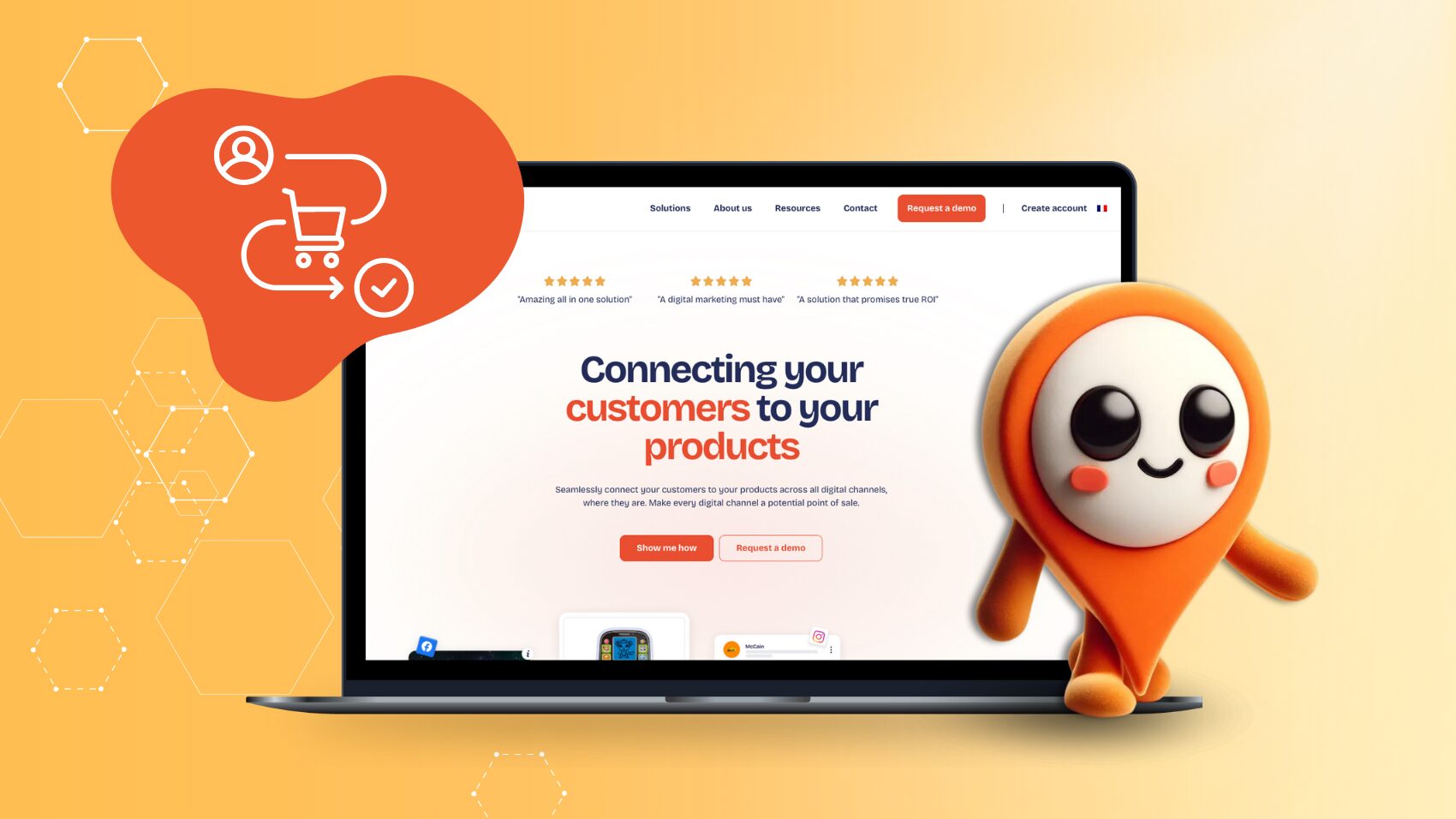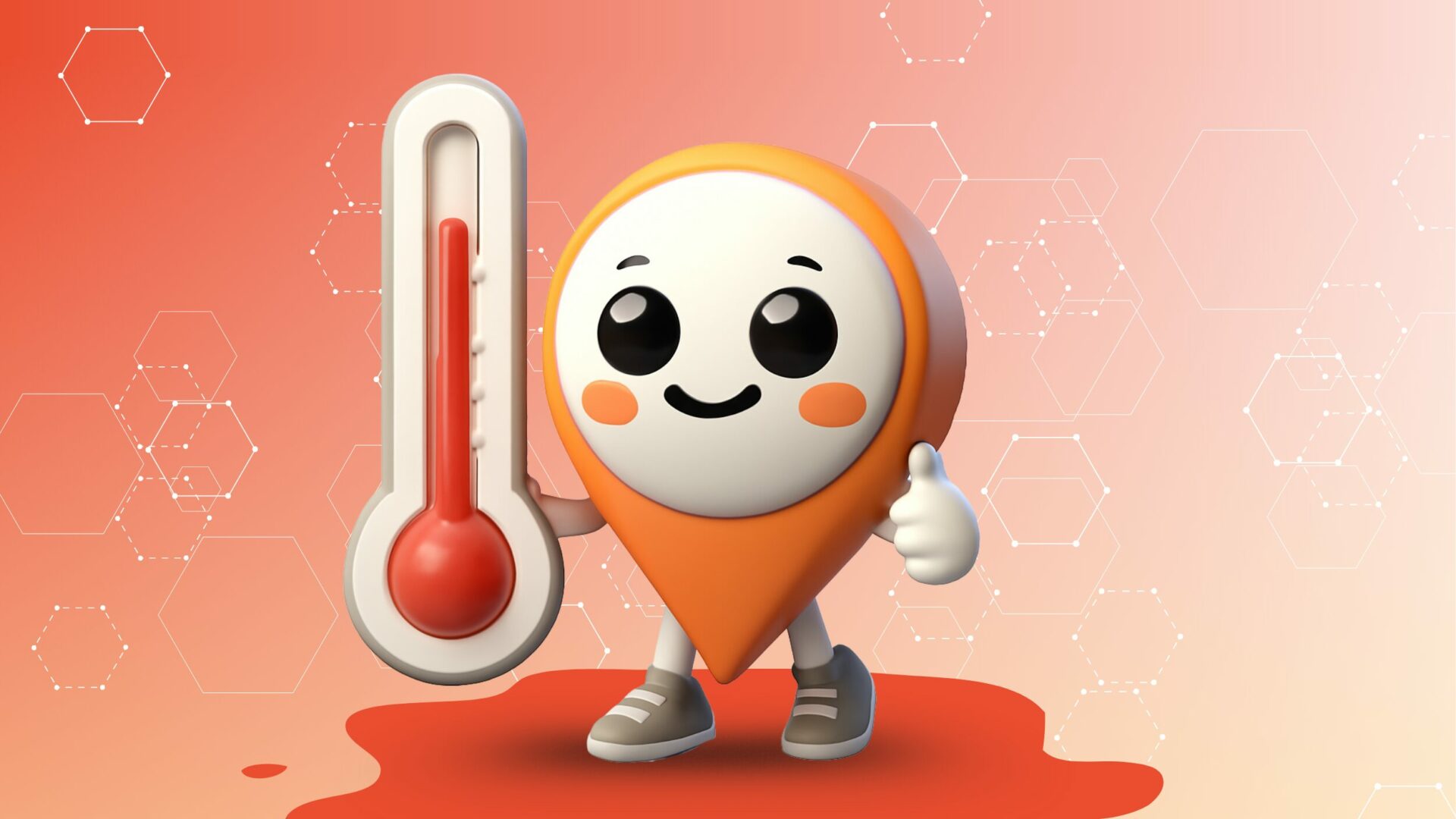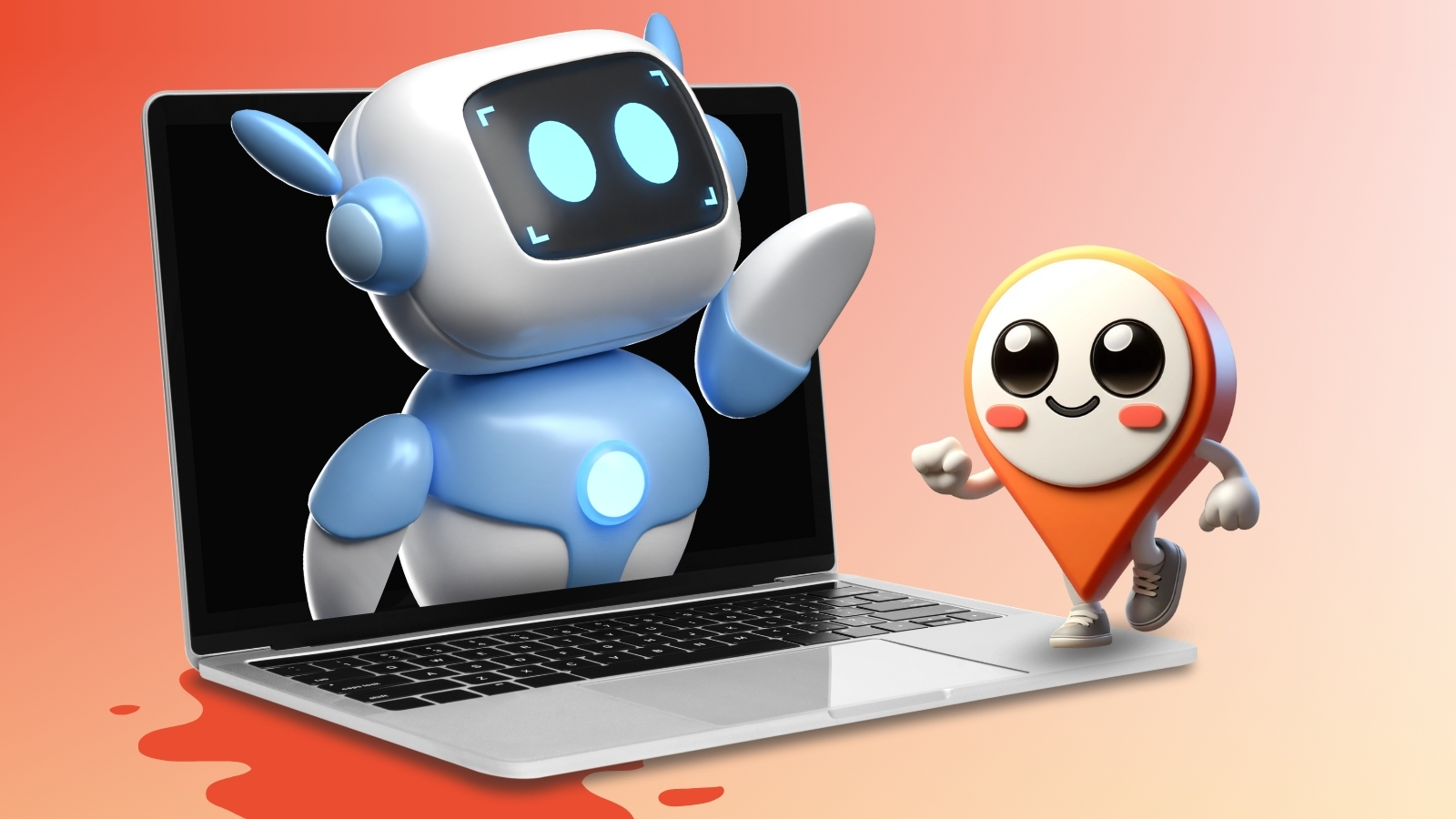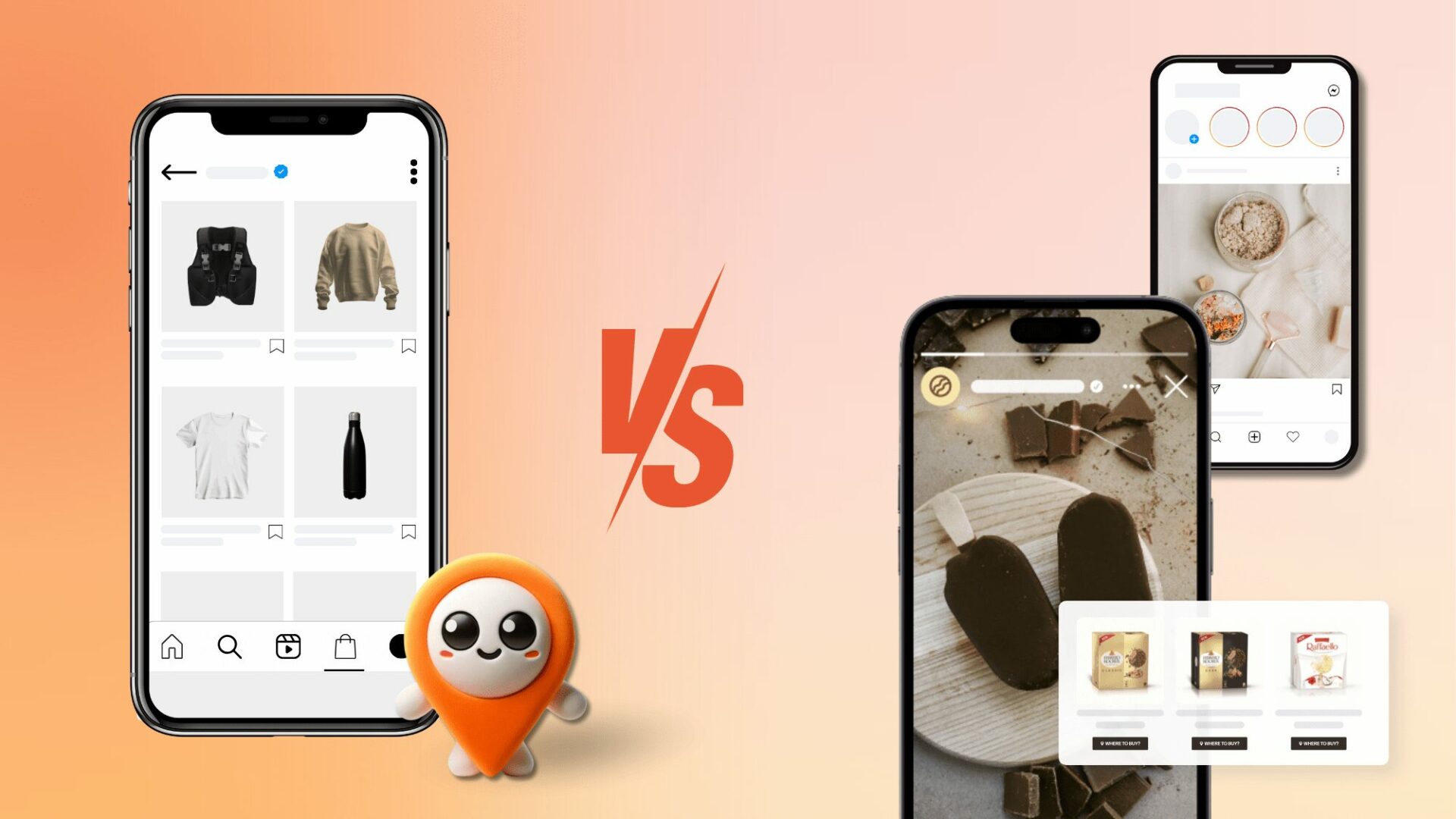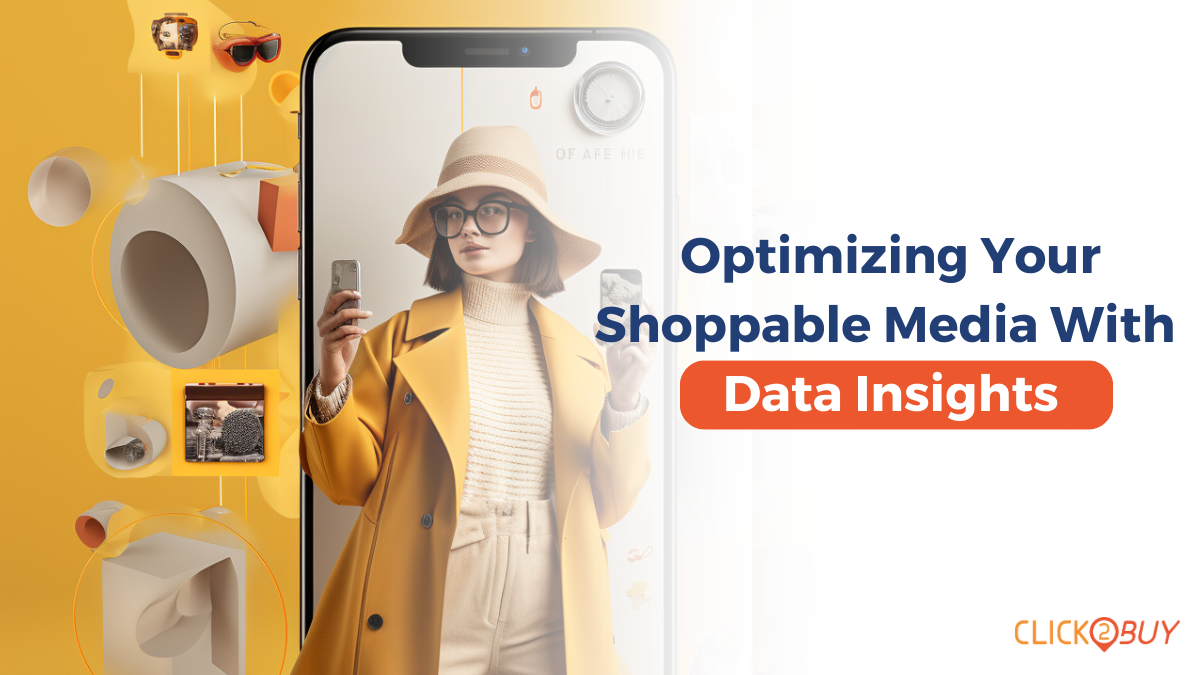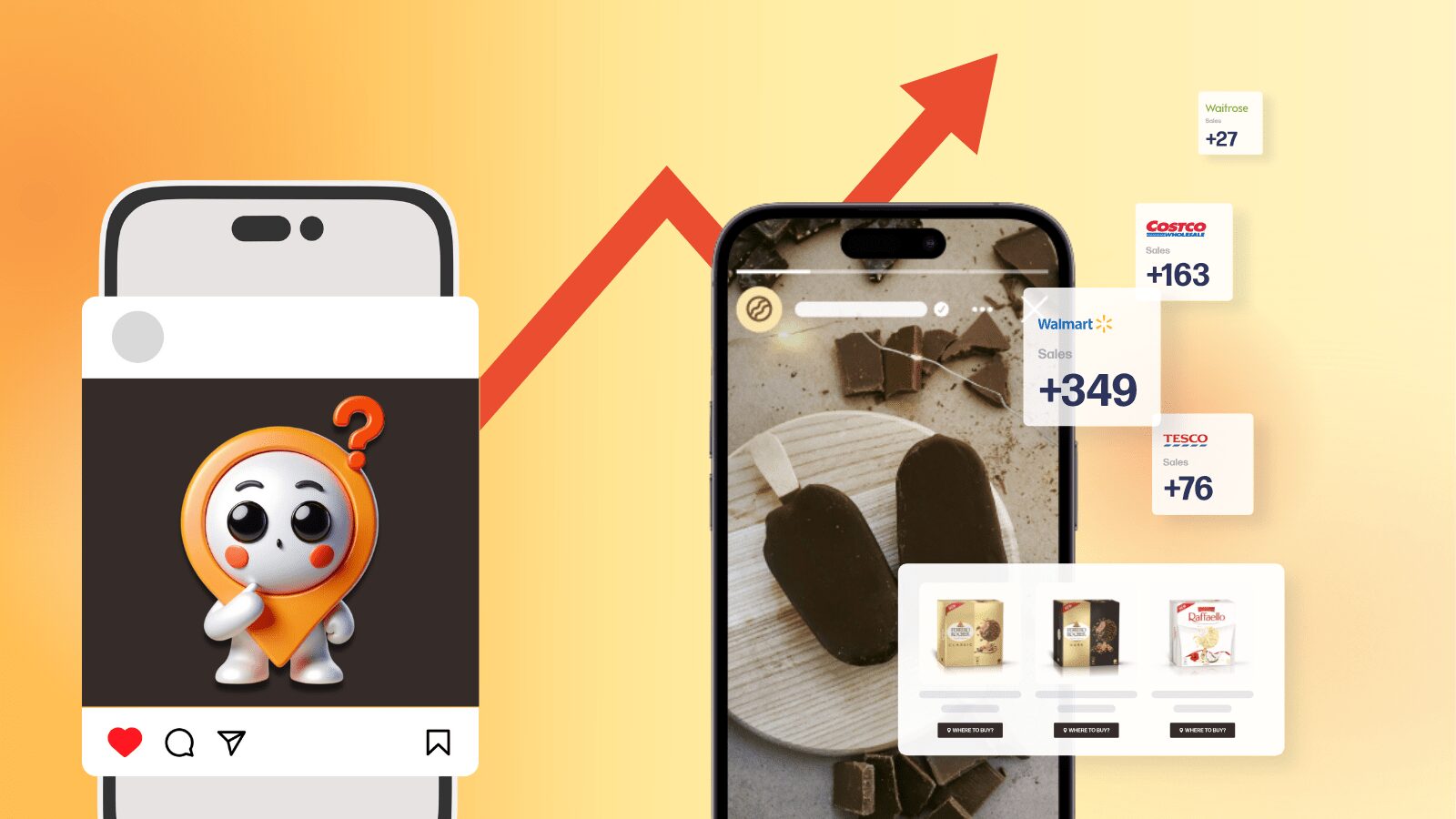In the dynamic realm of modern e-commerce and social media marketing, businesses are continuously on the lookout for groundbreaking strategies to engage their audience and optimize conversions. Among the innovative approaches gaining substantial attention are shoppable posts and shoppable stories. These formats have reshaped the way brands interact with their customers, revolutionizing the shopping experience on social media platforms. By seamlessly integrating product information and purchase options, shoppable posts and stories offer a direct pathway from inspiration to action. In this comprehensive article, we will delve into the world of shoppable marketing, exploring the merits and drawbacks of each format, and ultimately uncovering which one yields superior conversion rates. Whether you are a seasoned industry expert or a fledgling entrepreneur, comprehending the nuances of shoppable posts versus shoppable stories is a pivotal step toward amplifying your online marketing impact.
Shoppable Posts: A Closer Look
Shoppable posts have revolutionized the way brands conduct their marketing campaigns on social media platforms. These posts allow businesses to tag products within their images or videos, enabling users to click on the tag and be redirected to the product page for easy purchase. The key advantage of shoppable posts is their native integration, making them a seamless part of users’ social media feeds.
One of the significant benefits of shoppable posts is their ability to provide direct and immediate access to products, reducing the number of steps a customer needs to take to make a purchase. This streamlined user experience can lead to higher conversion rates and increased customer satisfaction.
Incorporating the power of social commerce, shoppable posts are redefining how consumers interact with brands on social media platforms. By offering a seamless shopping experience within the platform, brands can leverage the massive user base of popular social media networks and transform scrolling into sales.
Shoppable Stories: An In-depth Analysis
Shoppable stories, on the other hand, have gained traction primarily on platforms like Instagram and Facebook, where users engage with content in a more interactive and ephemeral format. These stories allow brands to create a series of engaging content pieces with product tags, enabling customers to swipe up and access the product page directly.
The advantage of shoppable stories lies in their captivating nature, driving user engagement and curiosity. By delivering bite-sized, visually appealing content, brands can build a sense of urgency and exclusivity, pushing users to take prompt action.
Shoppable stories represent the epitome of ephemeral content marketing, harnessing the fear of missing out (FOMO) to encourage users to engage and make purchases. These temporary stories capitalize on the psychology of urgency, prompting users to act swiftly before the content vanishes.
Shoppable Posts vs. Shoppable Stories: A Comparative Analysis
Both shoppable posts and shoppable stories have their unique strengths, but how do they stack up against each other? Let’s take a closer look at some essential factors to determine which format converts better.
| Factors to Consider | Shoppable Posts | Shoppable Stories |
|---|---|---|
| User Engagement | High | Very High |
| Purchase Convenience | High | Moderate |
| Content Format | Static Images/Videos | Ephemeral Stories |
| Conversion Rate | Moderate | High |
| Brand Awareness | Limited Reach | Wide Reach |
| Storytelling Potential | Limited | High |
Shoppable Posts: Pros and Cons
Pros:
- Seamless integration within social media feeds.
- Direct access to products for quick purchases.
- Less intrusive for users.
- Easy to track and measure performance metrics.
Cons:
- Limited storytelling potential.
- Reach restricted to existing followers.
- Requires high-quality visuals for maximum impact.
Shoppable Stories: Pros and Cons
Pros:
- Highly engaging and interactive.
- Creates a sense of urgency and exclusivity.
- Wider reach potential through sharing.
- Fosters a deeper connection with the audience.
Cons:
- Limited lifespan and visibility.
- Requires continuous content creation and updates.
- May not suit all product types.
Which Format Converts Better?
The choice between shoppable posts and shoppable stories largely depends on the nature of your products, your target audience, and your marketing objectives. Shoppable posts are ideal for quick and direct purchases, especially for well-established brands with a substantial social media following. On the other hand, shoppable stories are perfect for building excitement around new product launches, creating engaging narratives, and reaching a broader audience.
To achieve the best results, consider using both formats strategically. Use shoppable posts for showcasing evergreen products and running limited-time offers, while shoppable stories can be utilized for creating buzz, storytelling, and maximizing seasonal campaigns.
FAQs
1. Are shoppable posts and shoppable stories compatible with all social media platforms?
Yes, shoppable posts and shoppable stories are compatible with most major social media platforms, including Instagram, Facebook, Snapchat, and Pinterest.
2. Can shoppable stories be saved and revisited by users?
No, shoppable stories are ephemeral by design and typically disappear after 24 hours. However, brands can save them as highlights on their profiles for prolonged visibility.
3. Which format is more suitable for showcasing a wide range of products?
Shoppable posts are better suited for showcasing a wide range of products as they can be easily integrated into regular social media feeds without time limitations.
4. Can shoppable posts and stories be used together in a single campaign?
Absolutely! Combining shoppable posts and stories can create a holistic and compelling shopping experience for users, increasing the chances of conversions.
5. How can I measure the success of my shoppable posts and stories?
Most social media platforms offer built-in analytics tools that provide valuable insights into the performance of your shoppable posts and stories. You can track metrics such as click-through rates, conversion rates, and engagement levels.
6. Are shoppable posts and stories equally effective for B2B and B2C businesses?
Both formats can be effective for both B2B and B2C businesses, but the choice should align with your specific audience and marketing objectives.
Wrapping up
In the ever-competitive world of e-commerce marketing, incorporating shoppable posts and shoppable stories is a powerful way to drive conversions and engage with your audience. Understanding the strengths and weaknesses of each format is crucial in crafting a winning social media strategy. Ultimately, the key to success lies in adapting these formats creatively, ensuring they align with your brand identity and resonate with your target audience.
So, embrace the power of shoppable posts and shoppable stories to transform your social media presence and enhance your e-commerce performance.


